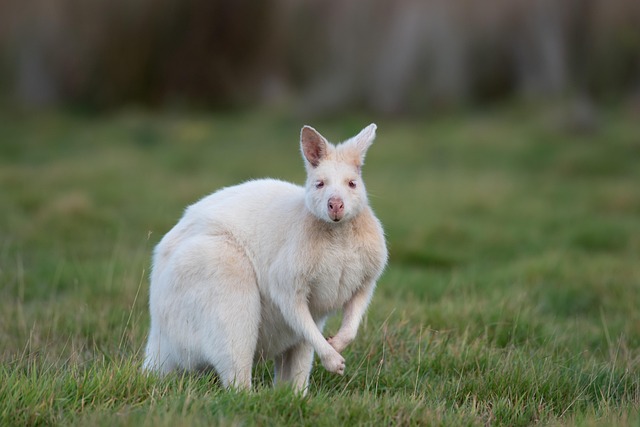As the planet continues to warm, understanding the concept of genetic diversity becomes increasingly critical. The relationships and interdependencies within ecosystems are underlined by the variety of life forms that inhabit them. Every species, from the tiniest microbes to the largest mammals, holds within its genetic makeup a treasure trove of information that contributes to its resilience and adaptability in the face of environmental changes.
The gradual rise in global temperatures, driven by human activities, poses serious threats not only to specific species but to the intricate web of life we rely on. As habitats shift and weather patterns become more erratic, the genetic variation among species can determine their survival chances. For instance, plants that can tolerate increased heat or drought conditions may outcompete others, leading to a loss of biodiversity that can affect entire ecosystems.
In the context of climate change, having a rich pool of genetic diversity is vital. It enables populations to adapt to changing conditions, pest resistance, and disease management, helping species withstand the harsh realities of a warming world. A reduce in genetic diversity, whether through habitat loss, pollution, or climate change itself, can severely hinder the ability of species to adapt, increasing the risk of extinction.
Take coral reefs, for example. They are some of the most diverse ecosystems on the planet, teeming with life. However, rising sea temperatures are causing widespread coral bleaching, which threatens not only the corals themselves but the multitude of species that depend on them. The genetic variation within coral populations plays a crucial role in determining their resilience to temperature increases. Populations with higher genetic diversity are often better equipped to adapt to these shifts, ensuring the persistence of the reef ecosystem.
Furthermore, agricultural systems that depend on genetic diversity are also vulnerable. Climate change can alter traditional growing seasons and introduce new pests and diseases. Farmers who rely on diverse crops can draw on a wider array of genetic traits to ensure food security amid these changes. Promoting biodiversity in farming practices can enhance resilience to climate impacts, providing a buffer against potential losses in crop yields.
As we continue to explore ways to mitigate the impacts of climate change, embracing and enhancing genetic diversity will be vital. Conservation efforts must expand to protect not only species but the genetic variations within them. This involves not just preserving habitats but also promoting sustainable practices that allow nature to adapt and thrive.
In sharing these insights, we aim to instill a profound respect for the interconnectedness of life on Earth. As stewards of the environment, we bear the responsibility to protect the delicate balance that sustains us all. Through understanding and supporting genetic diversity, we can foster resilience in our ecosystems and pave the way for a sustainable future amidst the challenges of climate change.




